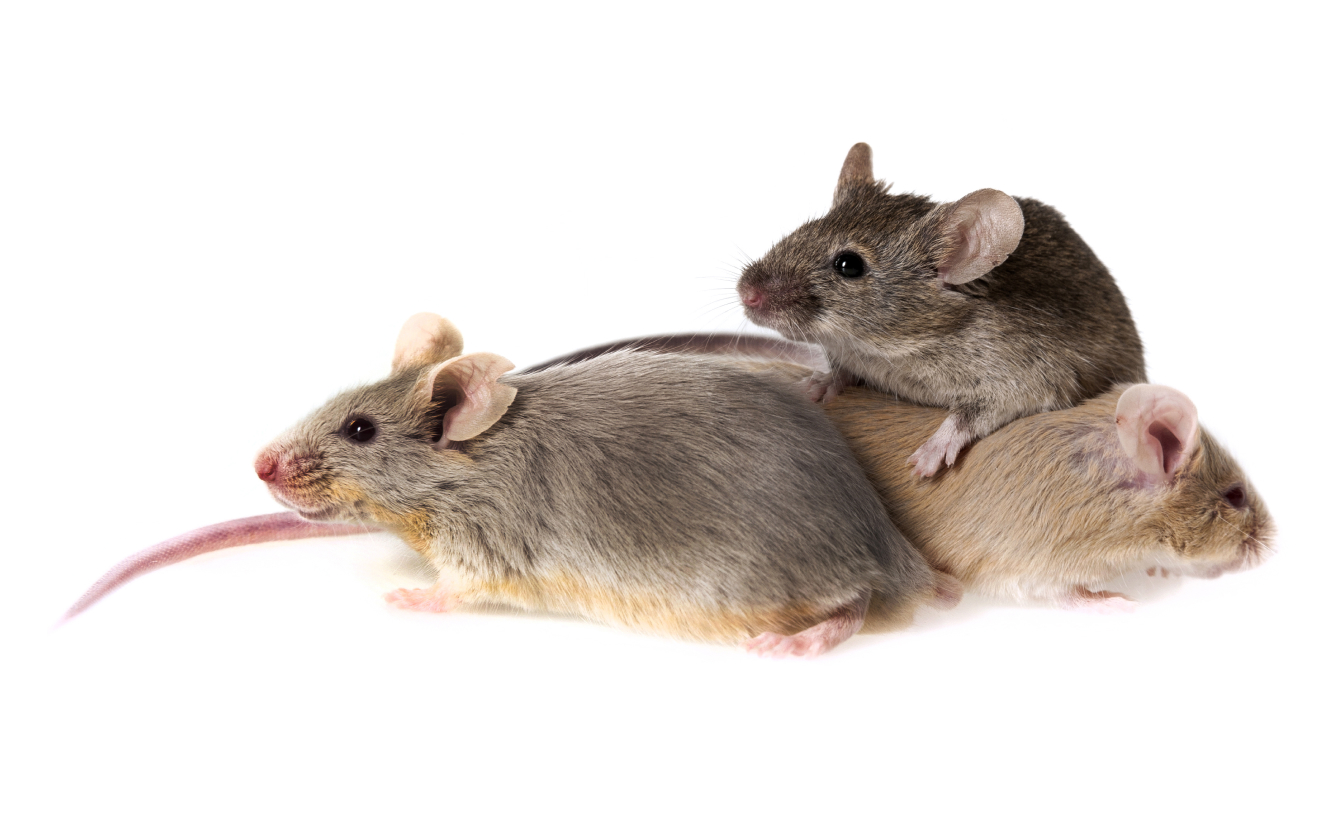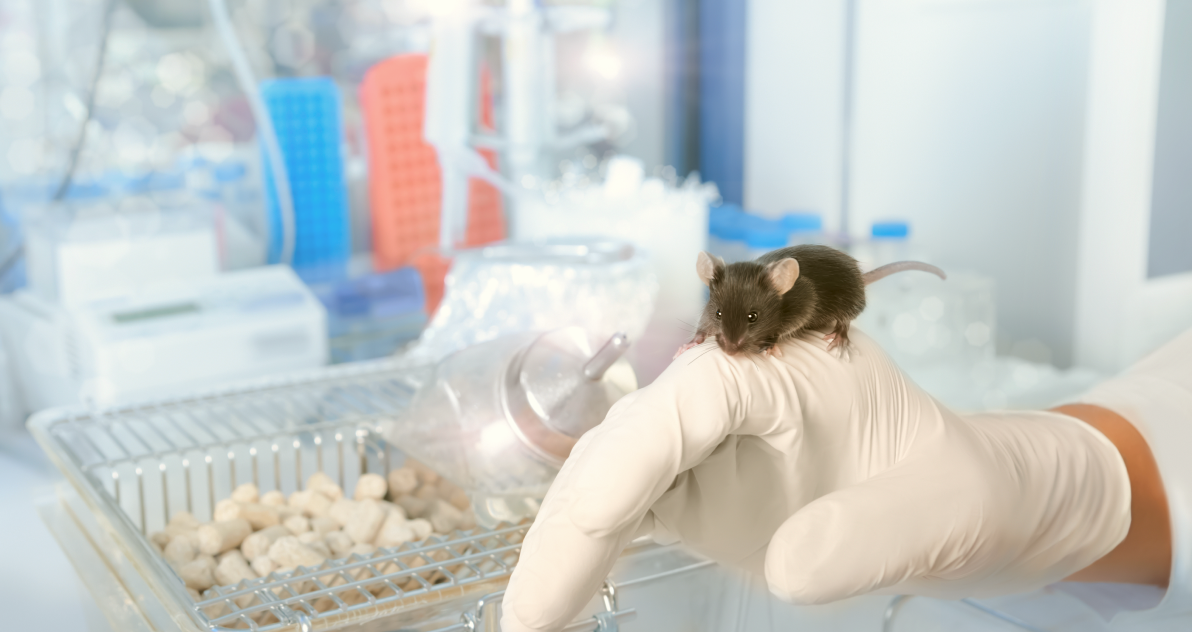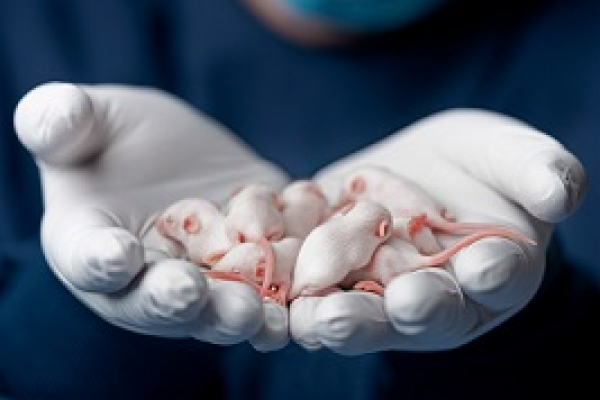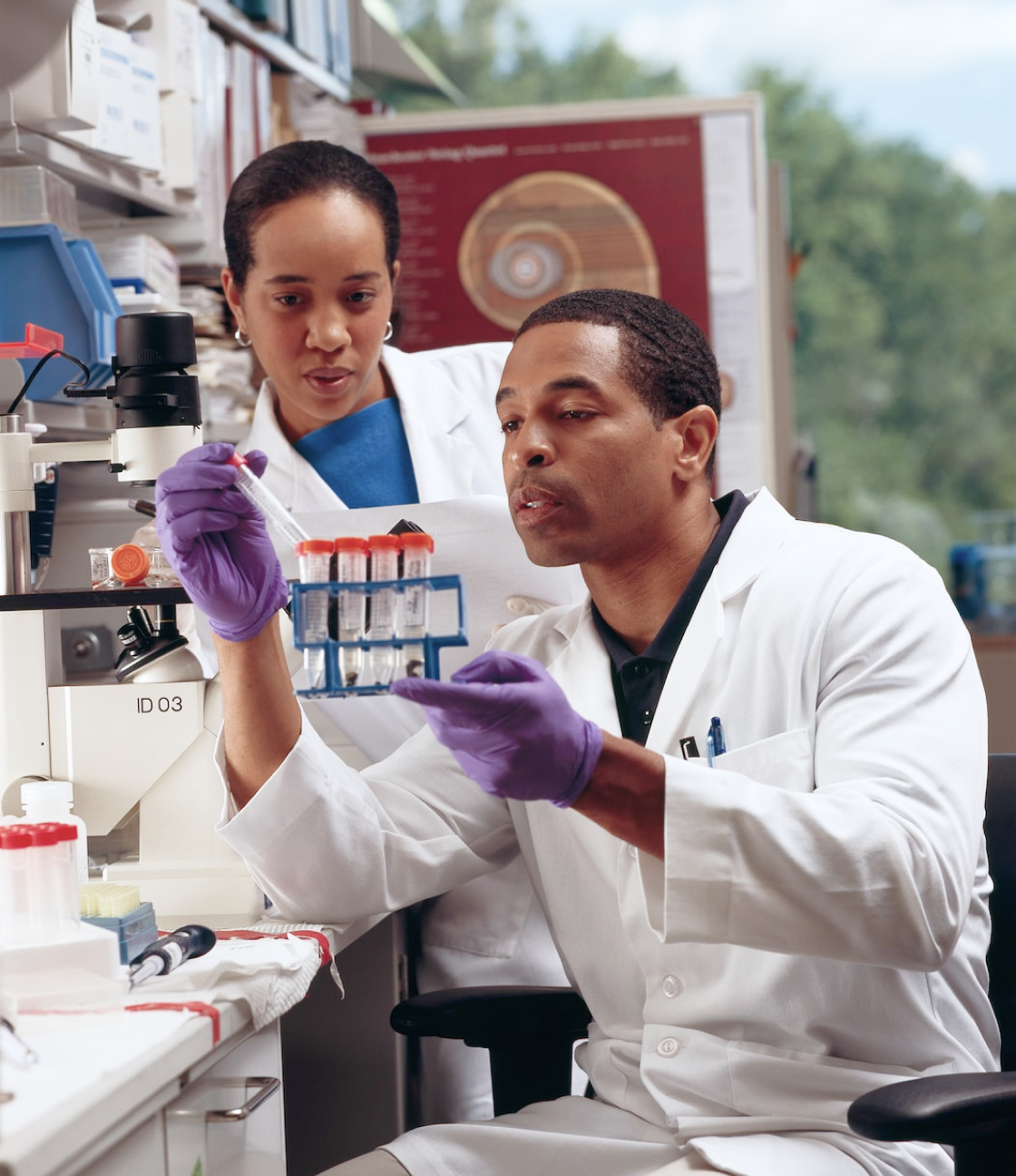A complex interplay of drivers is at work in liver disease on the spectrum of NAFLD (non-alcoholic fatty liver disease) and NASH (non-alcoholic steatohepatitis)—conditions that affect up to 25% of the global population. Despite the many therapeutics that have reached clinical trials, there are still no drugs approved for NASH treatment by the US Food & Drug Administration (FDA), in part due to high attrition in late-stage clinical trials. That makes preclinical research on this metabolic disease vital, yet complex.
On August 25, 2022, Taconic Biosciences brought together investigators from across the global research community for an engaging virtual workshop on "Advancing NASH Research with Mice: Best Practices and Applications of Western Diets". Guest speakers discussed translational NASH modeling and presented studies using a variety of diet-induced NASH mouse models.
According to Dr. Radhakrishnan, mice fed this diet for 30 weeks demonstrated increased body weight, increased total cholesterol, higher fasting insulin, and reduced insulin resistance. They also developed the liver damage associated with human NASH, including steatosis at 12-16 weeks, inflammation at 20 weeks, and fibrosis beginning at 26 weeks. He noted that the modified ALMN diet developed after the ban of trans fats also has demonstrated good clinical translatability with respect to NASH physiological, metabolic, and histopathological aspects.
In choosing a model for NASH studies, Dr. Radhakrishnan emphasized the importance of factors such as age, sex, and strain, explaining that older mice and male mice are more susceptible to NASH and differences may be observed in various C57BL/6 mouse strains. He also noted that control diet selection can impact NASH study outcomes, citing grain-based control diet use as a factor that can affect the model's microbiome and confound results.
In one study, the research team found that CD8+ T cells regulated macrophages in the liver, activated stellate cells, and impacted inflammation and fibrosis development in LDLR knockout mice fed Western Diet, an obese hyperlipidemic mouse model known to demonstrate mild NASH phenotypes. A study by the same team used a choline-deficient low methionine diet in a wild type mice and a CD8+ knockout mouse model and found CD8+ T cells facilitated recruiting macrophages into the liver.
To compare how NASH develops in various diet-induced mouse models, Dr. Kennedy and her colleagues used C57BL/6 mice from Taconic which were fed the modified AMLN diet (Diet Induced NASH B6) or a control diet, as well as LDLR knockout mice on the C57BL/6 background fed chow or a Western diet. They found a significant increase in CD8+ T cells in both NASH models compared to controls, along with a notable increase in inflammatory monocytes in the liver in the LDLR knockout mice on Western diet compared to controls. Dr. Kennedy concluded by noting that CD8+ T cells appear to regulate hepatic inflammation and fibrosis, NASH conditions increase CD8+ T cell activation and prevalence in humans and mouse models, and H2-Kb gene and protein expression are upregulated under NASH conditions.
Using a diet-induced model, she explored whether lipotoxic hepatocytes promote inflammation by releasing extracellular vesicles (EVs) and found an increase in circulating EVs in both human and murine NASH. Higher concentrations of circulating EVs were present in mice fed a diet high in fat, fructose, and cholesterol supplemented with high fructose corn syrup equivalent in drinking water vs those fed chow and regular drinking water, and the same effect was observed in human NASH patients as compared to obese humans without NASH.
Dr. Malhi also presented findings on the role of IRE1α inhibition in NASH, noting that it has been found to attenuate NASH and reduce the associated liver inflammation in mouse models. In exploring how IRE1α activation works to induce the de novo ceramide synthesis pathway, she found that inhibition of ceramide synthesis prevents IRE1α from stimulating EV release in a mouse model. This pathway has downstream effects of monocyte recruitment and macrophage accumulation in the liver, which can be blocked via pharmacological inhibition at various steps.
Dr. Vacca shared that he and his team sought a model that would feature metabolic syndrome and obesity as NAFLD drivers, demonstrate NASH with progressive fibrosis, and recapitulate molecular events occurring in human NASH. They compared phenotypic data, histological data, and gene expression in preclinical models and humans with NASH, then developed a human proximity score for each model to rank its relevance to human NASH.
As he shared with symposium attendees, this analysis determined that for metabolic significance, Western diets (high in fat and refined sugars with added cholesterol, either alone or in combination with sugar water induced NASH in a range of strains including wild type C57BL/6 or ob/ob mice, yet some of these models did not develop fibrosis. However, the modified AMLN diet (sometimes called the GAN diet) does induce fibrosis in C57BL/6 and ob/ob mice. These models are thus very relevant to human NASH from both a metabolic and fibrosis perspective.
Dr. Vacca closed by sharing several key conclusions of the LITMUS preclinical group's work:
When using diet-induced models, Dr. Kennedy advised employing multiple models to determine if the same phenotypes found in humans emerge in various mouse models. Dr. Vacca emphasized matching the model to the specific question you wish to answer, cautioned against overlooking the effects of the microbiome, and recommended running the same study in different animal facilities for this reason. Dr. Malhi advised using genetically matched controls but noted that this information isn't always available in published papers. Dr. Radhakrishnan reiterated that it's essential to consider the control diet and its impact on study results, particularly given that fiber content can impact microbial composition.
On August 25, 2022, Taconic Biosciences brought together investigators from across the global research community for an engaging virtual workshop on "Advancing NASH Research with Mice: Best Practices and Applications of Western Diets". Guest speakers discussed translational NASH modeling and presented studies using a variety of diet-induced NASH mouse models.
Diet's Role in Modeling NASH
Dr. Sridhar Radhakrishnan, a senior scientist with Research Diets, Inc., opened the symposium with a session on dietary considerations for optimizing NASH in rodent models. He presented information on the use of a dietary-induced mouse model fed the standard AMLN diet—a high fat, high fructose, high cholesterol diet that has been widely used in NASH studies because it results in phenotypes typically seen in the human disease.According to Dr. Radhakrishnan, mice fed this diet for 30 weeks demonstrated increased body weight, increased total cholesterol, higher fasting insulin, and reduced insulin resistance. They also developed the liver damage associated with human NASH, including steatosis at 12-16 weeks, inflammation at 20 weeks, and fibrosis beginning at 26 weeks. He noted that the modified ALMN diet developed after the ban of trans fats also has demonstrated good clinical translatability with respect to NASH physiological, metabolic, and histopathological aspects.
In choosing a model for NASH studies, Dr. Radhakrishnan emphasized the importance of factors such as age, sex, and strain, explaining that older mice and male mice are more susceptible to NASH and differences may be observed in various C57BL/6 mouse strains. He also noted that control diet selection can impact NASH study outcomes, citing grain-based control diet use as a factor that can affect the model's microbiome and confound results.
How the Adaptive Immune System Impacts NASH
Dr. Arion Kennedy, assistant professor in the department of molecular and structural biochemistry at North Carolina State University, shared results from several studies on the adaptive immune system's role in NASH development.In one study, the research team found that CD8+ T cells regulated macrophages in the liver, activated stellate cells, and impacted inflammation and fibrosis development in LDLR knockout mice fed Western Diet, an obese hyperlipidemic mouse model known to demonstrate mild NASH phenotypes. A study by the same team used a choline-deficient low methionine diet in a wild type mice and a CD8+ knockout mouse model and found CD8+ T cells facilitated recruiting macrophages into the liver.
To compare how NASH develops in various diet-induced mouse models, Dr. Kennedy and her colleagues used C57BL/6 mice from Taconic which were fed the modified AMLN diet (Diet Induced NASH B6) or a control diet, as well as LDLR knockout mice on the C57BL/6 background fed chow or a Western diet. They found a significant increase in CD8+ T cells in both NASH models compared to controls, along with a notable increase in inflammatory monocytes in the liver in the LDLR knockout mice on Western diet compared to controls. Dr. Kennedy concluded by noting that CD8+ T cells appear to regulate hepatic inflammation and fibrosis, NASH conditions increase CD8+ T cell activation and prevalence in humans and mouse models, and H2-Kb gene and protein expression are upregulated under NASH conditions.
Bioactive Lipids in NASH Pathogenesis
The impact of bioactive lipids in NASH pathogenesis was the focus of a presentation by Dr. Harmeet Malhi, professor of medicine and physiology at the Mayo Clinic and a consultant in its division of gastroenterology and hepatology. Since bioactive lipids associated with NASH-induced liver cirrhosis differ from lipids found in healthy livers, Dr. Malhi has studied liver injury and inflammation drivers under lipotoxic conditions.Using a diet-induced model, she explored whether lipotoxic hepatocytes promote inflammation by releasing extracellular vesicles (EVs) and found an increase in circulating EVs in both human and murine NASH. Higher concentrations of circulating EVs were present in mice fed a diet high in fat, fructose, and cholesterol supplemented with high fructose corn syrup equivalent in drinking water vs those fed chow and regular drinking water, and the same effect was observed in human NASH patients as compared to obese humans without NASH.
Dr. Malhi also presented findings on the role of IRE1α inhibition in NASH, noting that it has been found to attenuate NASH and reduce the associated liver inflammation in mouse models. In exploring how IRE1α activation works to induce the de novo ceramide synthesis pathway, she found that inhibition of ceramide synthesis prevents IRE1α from stimulating EV release in a mouse model. This pathway has downstream effects of monocyte recruitment and macrophage accumulation in the liver, which can be blocked via pharmacological inhibition at various steps.
Keynote Address: Is There a Murine Model that Fully Recapitulates NASH?
Dr. Michele Vacca, assistant professor in the Interdisciplinary Department of Medicine at Università degli Studi di Bari Aldo Moro, presented data on a bioinformatics approach to exploring whether a murine model can fully recapitulate NASH. As co-lead of the preclinical team of the Liver Investigation: Testing Marker Utility in Steatohepatitis (LITMUS) project, he and his colleagues set out to identify relevant NAFLD/NASH in vivo preclinical models and validate and reverse translate human NASH biomarkers to preclinical models.Dr. Vacca shared that he and his team sought a model that would feature metabolic syndrome and obesity as NAFLD drivers, demonstrate NASH with progressive fibrosis, and recapitulate molecular events occurring in human NASH. They compared phenotypic data, histological data, and gene expression in preclinical models and humans with NASH, then developed a human proximity score for each model to rank its relevance to human NASH.
As he shared with symposium attendees, this analysis determined that for metabolic significance, Western diets (high in fat and refined sugars with added cholesterol, either alone or in combination with sugar water induced NASH in a range of strains including wild type C57BL/6 or ob/ob mice, yet some of these models did not develop fibrosis. However, the modified AMLN diet (sometimes called the GAN diet) does induce fibrosis in C57BL/6 and ob/ob mice. These models are thus very relevant to human NASH from both a metabolic and fibrosis perspective.
Dr. Vacca closed by sharing several key conclusions of the LITMUS preclinical group's work:
- Western diets are good options for most preclinical applications and ensure good translation to human NASH.
- Substantial fibrosis can be achieved by combining a diet with high cholesterol content and extended duration or using the ob/ob strain.
- Choline-deficient diets do not adequately recapitulate NASH but may add value for select purposes, such as testing anti-fibrotic treatments, since they feature advanced fibrosis in a short timeframe.
Model Selection is Key
Among the many questions posed at the conclusion of the symposium, one that sparked lively debate among the panelists was, "What do you see as the most common mistake in designing in vivo NASH studies?" The speakers all agreed that model selection is where a study can most go wrong and offered their advice on choosing the most relevant model for a given study.When using diet-induced models, Dr. Kennedy advised employing multiple models to determine if the same phenotypes found in humans emerge in various mouse models. Dr. Vacca emphasized matching the model to the specific question you wish to answer, cautioned against overlooking the effects of the microbiome, and recommended running the same study in different animal facilities for this reason. Dr. Malhi advised using genetically matched controls but noted that this information isn't always available in published papers. Dr. Radhakrishnan reiterated that it's essential to consider the control diet and its impact on study results, particularly given that fiber content can impact microbial composition.






.jpg)

.jpg)
.jpg)
.jpg)
.jpg)





.jpg)
.jpg)


.jpg)



.jpg)




.jpg)

.jpg)
.jpg)



